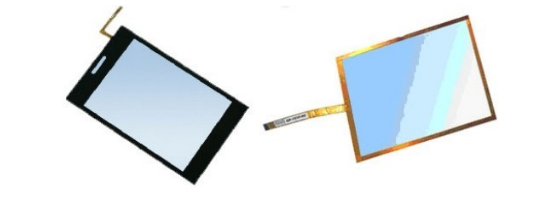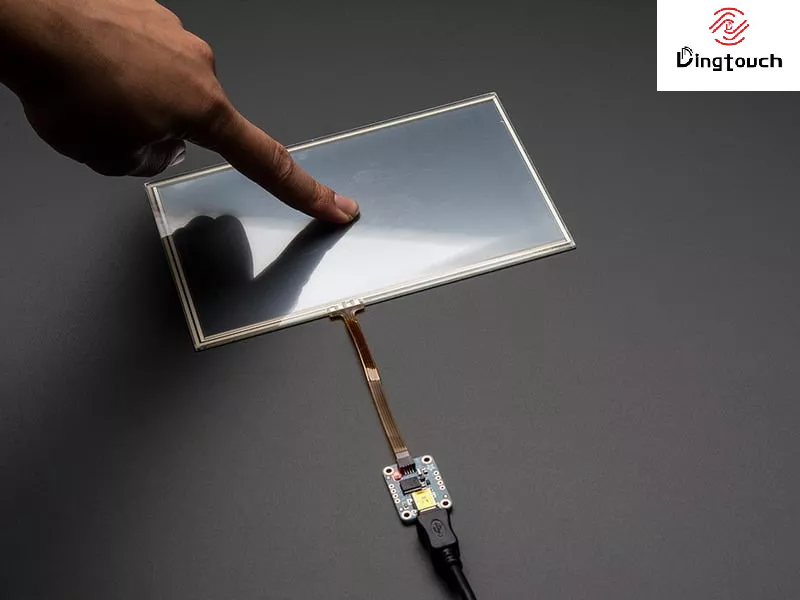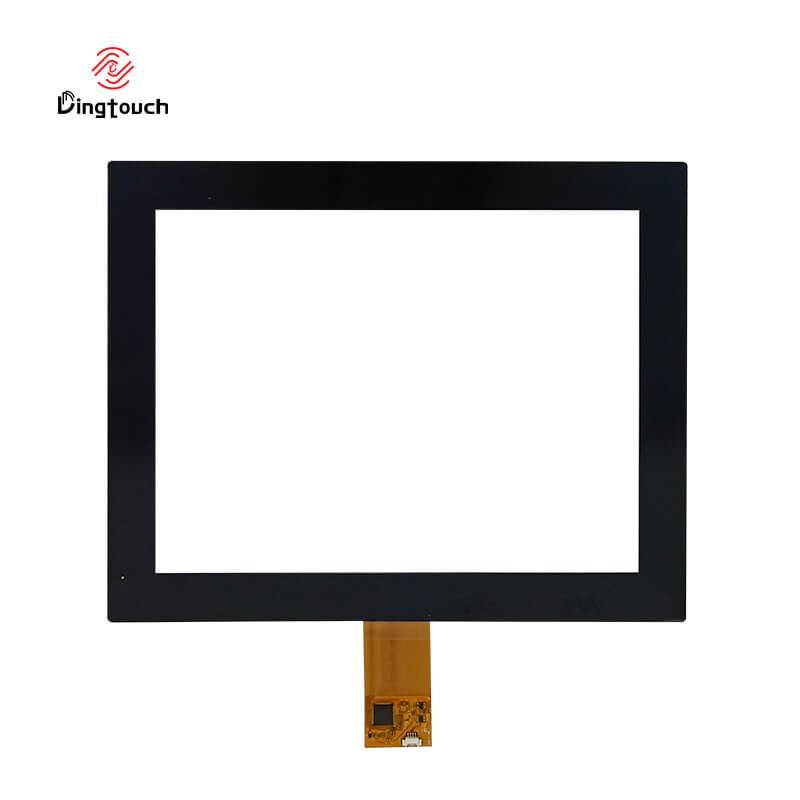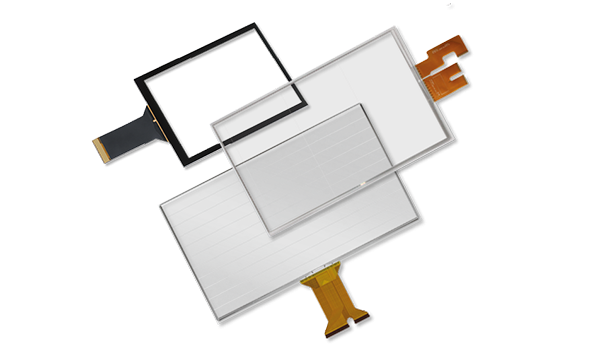News
How To Fix Resistive Touch Screen?
How To Fix Resistive Touch Screen?
Content Menu
● Understanding Resistive Touch Screens
● Common Issues with Resistive Touch Screens
● How to Fix a Resistive Touch Screen
>> Step 2: Recalibrate the Touch Screen
>> Step 4: Replace the Touch Screen
● Maintenance Tips for Resistive Touch Screens
● Frequently Asked Questions (FAQs)
>> 1. What causes a resistive touch screen to become unresponsive?
>> 2. How can I recalibrate my resistive touch screen?
>> 3. Is it possible to repair a cracked resistive touch screen?
>> 4. What tools do I need to replace a resistive touch screen?
>> 5. How can I maintain my resistive touch screen?
Resistive touch screen are widely used in various devices, including smartphones, tablets, and industrial equipment. While they are known for their durability and versatility, they can encounter issues that affect their functionality. This article provides a comprehensive guide on how to diagnose and fix common problems associated with resistive touch screen.
Understanding Resistive Touch Screens
Resistive touch screen consist of multiple layers, primarily two flexible layers separated by a small gap. When pressure is applied to the top layer, it makes contact with the bottom layer, registering a touch. This technology allows for interaction using fingers, styluses, or even gloves, making it suitable for various environments.
Common Issues with Resistive Touch Screens
Before diving into repairs, it's essential to understand the common problems that can occur with resistive touch screens:
- Unresponsive Areas: Specific sections of the screen may not respond to touch, often due to physical damage or dirt accumulation.
- Calibration Problems: Over time, the calibration may drift, leading to inaccurate touch responses.
- Physical Damage: Cracks or scratches can impair functionality.
- Pressure Sensitivity Issues: If the screen does not respond to light touches, it may indicate a problem with the pressure sensors.
Diagnosing the Problem
1. Check for Physical Damage: Inspect the screen for cracks or scratches. Physical damage can severely impact touch sensitivity.
2. Test Responsiveness: Touch different areas of the screen to identify unresponsive zones.
3. Clean the Screen: Use a soft cloth and mild cleaning solution to remove dirt and residue that may affect performance.
4. Recalibrate the Touch Screen: Most devices have a built-in calibration tool in their settings. Follow on-screen instructions to recalibrate if necessary.
How to Fix a Resistive Touch Screen
Step 1: Clean the Screen
Sometimes, unresponsiveness is simply due to dirt or residue on the screen. Use a lint-free cloth slightly dampened with water or a mild cleaning solution. Avoid harsh chemicals that could damage the screen.
Step 2: Recalibrate the Touch Screen
If cleaning does not resolve the issue, recalibration may be necessary. Access your device's settings and look for touchscreen calibration options. Follow the prompts to recalibrate accurately.
Step 3: Check Connections
If recalibration fails, check for loose connections:
- Power Off the Device: Ensure your device is turned off before proceeding.
- Access Internal Components: Carefully open your device to access internal connections. Use appropriate tools like screwdrivers and plastic prying tools.
- Inspect Cables: Look for any loose or damaged cables connected to the touch screen. Reseat any loose connections and replace damaged cables if necessary.
Step 4: Replace the Touch Screen
If all else fails, replacing the resistive touch screen may be required:
1. Gather Tools and Materials:
- Replacement resistive touch screen
- Screwdriver set
- Adhesive tape or glue
- Plastic prying tool
2. Power Off the Device: Ensure it is completely powered down and disconnected from any power sources.
3. Disassemble the Device:
- Remove screws and clips holding the device together.
- Carefully detach any components blocking access to the touchscreen assembly.
4. Remove the Defective Touch Screen:
- Disconnect any cables attached to the old screen.
- Gently pry out the defective touch screen from its mounting position.
5. Install the Replacement Touch Screen:
- Position the new screen in place and reconnect all cables.
- Ensure everything aligns correctly before securing it back in place.
6. Reassemble the Device:
- Carefully reassemble all components in reverse order of disassembly.
- Secure screws and clips as needed.
7. Test Functionality: Power on your device and test if the new touchscreen responds correctly.
Maintenance Tips for Resistive Touch Screens
To prolong the life of your resistive touch screen and maintain optimal performance:
- Regularly clean the screen with appropriate materials.
- Avoid using sharp objects that could scratch or damage the surface.
- Consider applying a protective film or cover to shield against scratches.
- Keep your device's software updated to ensure compatibility and performance enhancements.
Conclusion
Fixing a resistive touch screen can often be accomplished through simple troubleshooting steps such as cleaning, recalibrating, checking connections, or replacing components when necessary. Understanding how these screens work and common issues can empower users to address problems effectively without needing professional help in every instance.
Frequently Asked Questions (FAQs)
1. What causes a resistive touch screen to become unresponsive?
Unresponsiveness can be caused by physical damage, dirt accumulation on the surface, or calibration issues that need adjustment.
2. How can I recalibrate my resistive touch screen?
Most devices have a calibration tool in their settings menu; follow on-screen instructions after accessing this feature.
3. Is it possible to repair a cracked resistive touch screen?
Yes, if damage is minor, you can replace just the touchscreen or seek professional help for extensive damage.
4. What tools do I need to replace a resistive touch screen?
You will need a screwdriver set, plastic prying tools, adhesive tape or glue, and a replacement touchscreen.
5. How can I maintain my resistive touch screen?
Regular cleaning, avoiding sharp objects near the screen, and using protective covers can help maintain its functionality.
DINGTouch: Committed to continuous innovation and improvement of product quality to meet customers' high requirements and expectations.
DINGTouch is a manufacturer that provides high quality touch screen panels. Focus on the design, manufacturing and sales of touch screen panels, and are committed to providing customized solutions that satisfy customers.
DINGTouch: In the process of customizing touch screen panels, we focus on close cooperation and communication with customers. Understanding customers' needs and providing customized solutions will meet customers' individual needs. The company's products are favored by customers for their high quality and reliability, and provide them with the best touchscreen panel solutions.
At DINGTOUCH, we are the world's leading touchscreen manufacturer, helping businesses around the world take advantage of this exciting technology. For more information, please visit the home page now.
Find the DINGTouch technical team to achieve the success of your company's new project.
How to choose touch screen customization?
DINGTouch is a company specializing in the R&D and production of touch screen technology, headquartered in Shenzhen, China. As a professional touch screen supplier, DINGTouch is committed to providing high-quality, stable and reliable touch screen products to meet the diverse needs of customers. We continue to carry out technological innovation and product optimization to ensure that its touch screen products have good sensitivity, accuracy and durability.
In addition to the products themselves, we also focus on cooperation and communication with customers, and are committed to providing customized solutions and excellent after-sales services. Through continuous efforts to improve product quality and customer satisfaction, we have established a good reputation in the touchscreen industry and won widespread market recognition.
What DINGTOUCH can do:
• PCAP maximum size 65”
• Multi-touch (Touch screen can be customized to your needs.)
• Optical bonding service/air bonding
• LCD interface: HDMI/RGB/MIPI/LVDS/EDP, etc.
• PCAP interface: IIC/USB interface
• CTP can customize the cover glass surface treatment process AG (anti-glare), AR (anti-reflection), AF (anti-fingerprint), waterproof, and glove touch
• Supports 0.55 mm-12 mm coverslip touch.
• Support operating temperature: -40℃-90℃.
Dingtouch Industrial Capacitive Touch Screen Manufacturer
In conclusion, Dingtouch as a professional touch screen manufacturer with more than 10 years touch screen experience.We have many capacitive touch screen. Such as5 inch touch screen,7 inch touch screen,10.1inch touch screen,15 inch touch screen,15.6 inch touch screen,17 inch touch screen,18.5 inch touch screen,19 inch touch screen,21.5 inch touch screen,32 inch touch screen, However, we also welcome to customize your own touch screen . Contact our team today to learn what capacitive touch screen are best for our retail business needs.
Contact us NOW! sales@szdingtouch.com

CATEGORIES
CONTACT US
Contact: Dingtouch
Phone: +8615815536116
Tel: +8615815536116
Email: sales@szdingtouch.com
Add: Building A, Bailu Plaza, No. 48, Gonghe Industrial Road, Gongle Community, Xixiang Street, Baoan District, Shenzhen,China. 518126








 Dingtouch
Dingtouch